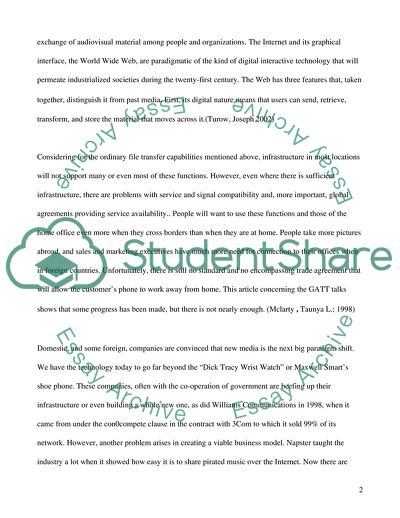Cite this document
(Challenges of New Media to the Mobile Telecommunications Industry Coursework, n.d.)
Challenges of New Media to the Mobile Telecommunications Industry Coursework. Retrieved from https://studentshare.org/media/1704133-new-media-and-the-communications-industries
Challenges of New Media to the Mobile Telecommunications Industry Coursework. Retrieved from https://studentshare.org/media/1704133-new-media-and-the-communications-industries
(Challenges of New Media to the Mobile Telecommunications Industry Coursework)
Challenges of New Media to the Mobile Telecommunications Industry Coursework. https://studentshare.org/media/1704133-new-media-and-the-communications-industries.
Challenges of New Media to the Mobile Telecommunications Industry Coursework. https://studentshare.org/media/1704133-new-media-and-the-communications-industries.
“Challenges of New Media to the Mobile Telecommunications Industry Coursework”. https://studentshare.org/media/1704133-new-media-and-the-communications-industries.


